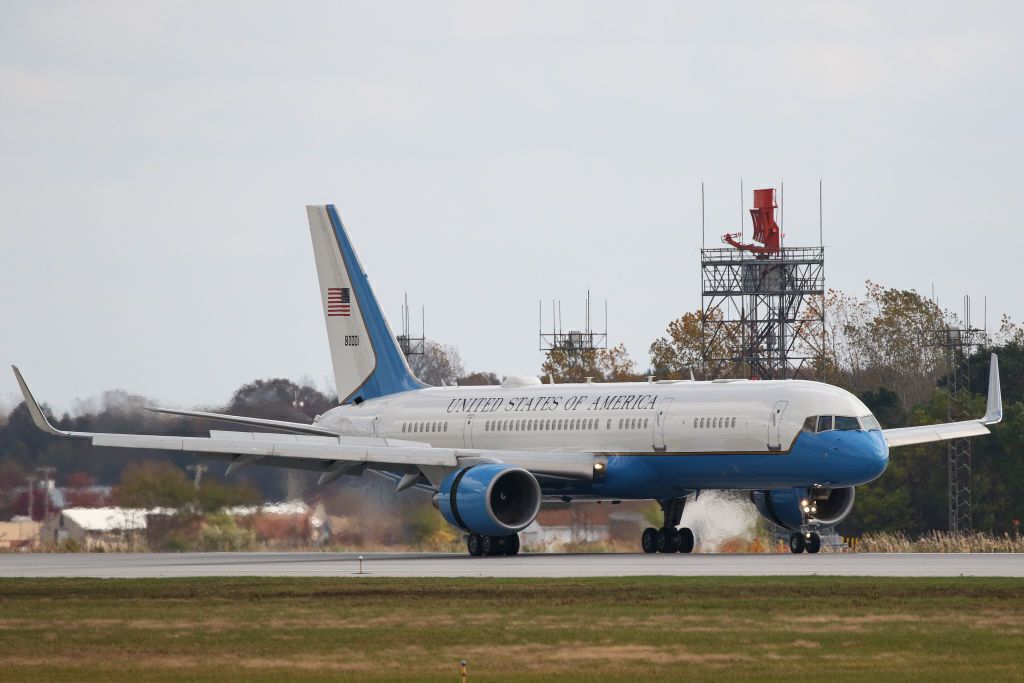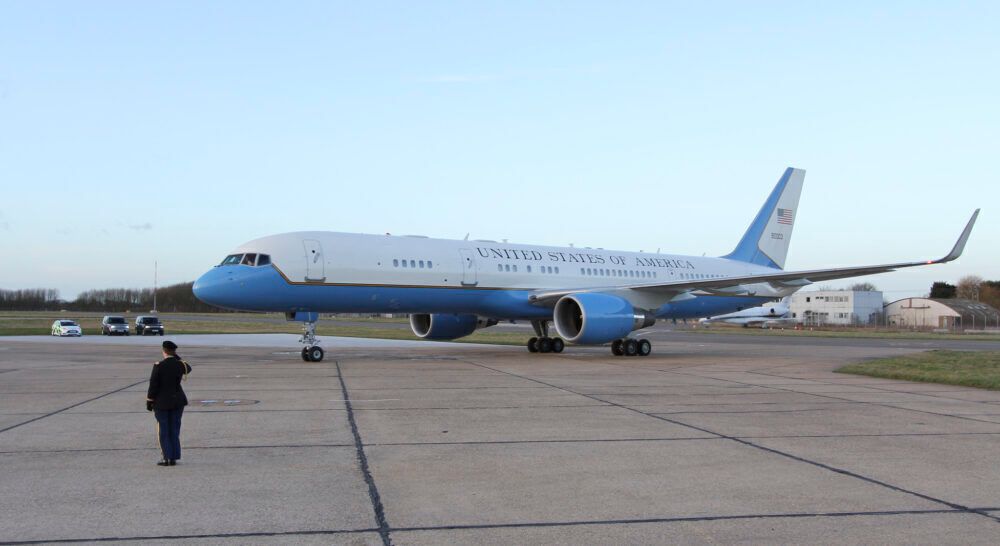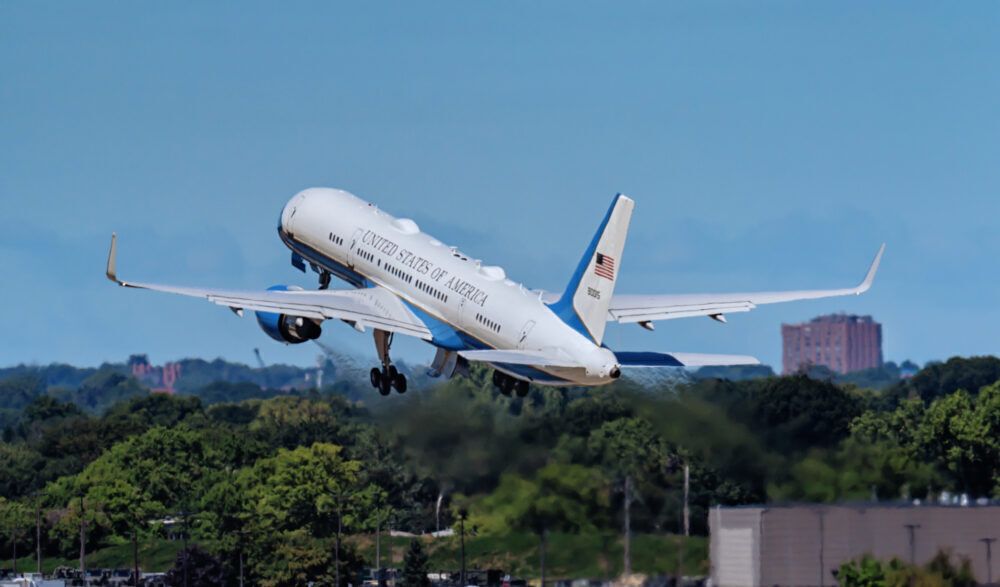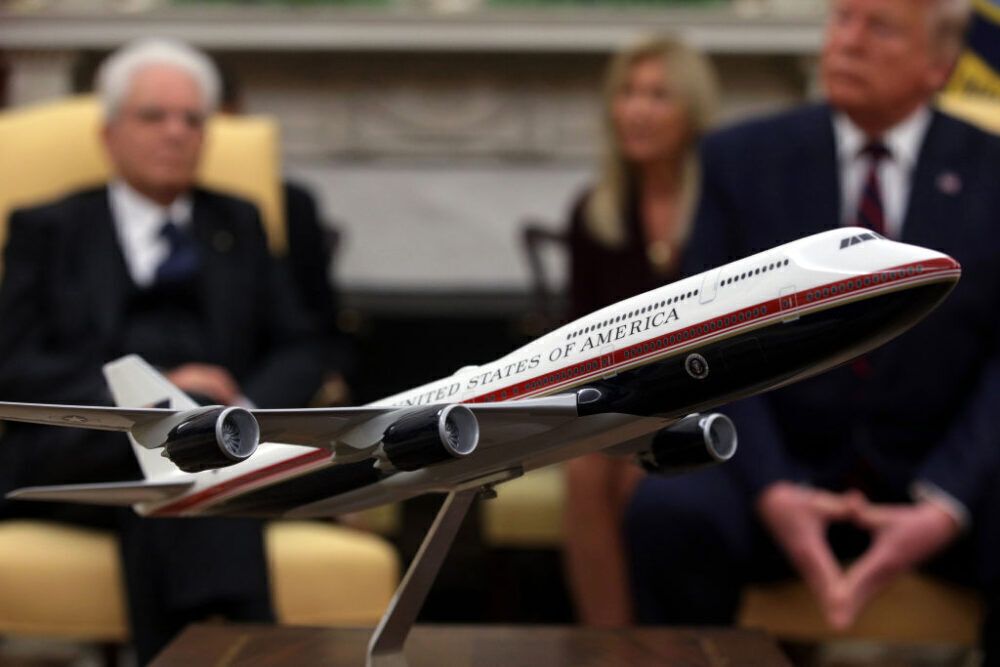The US government has decided not to replace its fleet of modified Boeing 757s. Typically known by the callsign 'Air Force Two,' these aircraft are used to transport the current Vice President, in the same way that the President uses the government's 'Air Force One' 747s. The news comes after a recent study into potential replacements for the aircraft, officially designated as the Boeing C-32, found that, presently, no such action is required.
No need for a replacement at present
According to Defense One, the Pentagon has elected to halt its plans to replace the governmental Boeing 757 (C-32) fleet. This decision has come about after an extensive study into potential replacement aircraft, which reportedly began four years ago. As such, funding for the replacement project has been removed from the USAF's budget request for 2022.
The need for replacements would be understandable, given the ages of the USAF's 757s. According to ch-aviation.com, all of these aircraft are between 22 and 30 years old. Furthermore, production of the 757 ceased in 2004. However, for the time being, the government is happy to continue flying the Vice President and other cabinet officials on the 757s.
Stay informed: Sign up for our daily and weekly aviation news digests.
Indeed, just three months ago, the head of Air Mobility Command, Gen. Jacqueline Van Ovost, called them "very capable aircraft." This is a position backed up by the aforementioned Air Force and Navy study into potential replacements. This comprehensive analysis recently concluded that "no impact or actions for the C-32 fleet" are needed at this time.
The Boeing C-32 in a nutshell
The US Air Force operates a small fleet of modified Boeing 757s, which provide transportation for leading governmental figures such as the Vice President. When the VP is onboard, the aircraft flies with the callsign 'Air Force Two.' Like how the presidential 747s have a different designation (VC-25), these aircraft are known by the military designation C-32.
The C-32s are extensively modified compared to passenger-carrying 757s. They have a far lower seating density, resulting in a capacity of just 45 occupants. This allows space for features like desks, on which government officials can work in the air.
The C-32 also features military-spec avionics, with certain examples (C-32B) even capable of air-to-air refueling. The USAF has been flying these aircraft since 1998, and they replaced the VC-137, which had been based on Boeing's four-engine 707. They can also transport the President to airports that are too small to accommodate the 747-based VC-25s.
Stay informed: Sign up for our daily and weekly aviation news digests.
Other governmental aircraft developments
While the Pentagon has abandoned its plans to replace the 'Air Force Two' 757s for the time being, it is set to modernize other aspects of the governmental fleet. For example, it is set to receive new 'Air Force One' Boeing 747-8s in 2024. However, this project has been subjected to several delays and other contractual disputes.
There are also ambitions to bring supersonic aircraft to the fleet. Exosonic has partnered with the USAF's Presidential and Executive Airlift Directorate to develop such a means of transport. While ambitious, the recent news regarding United Airlines' upcoming venture into the world of supersonic travel may just have brought this a step closer to reality.
What do you make of the decision not to replace the 'Air Force Two' Boeing 757s? Have you ever seen one of these aircraft on your travels? Let us know your thoughts and experiences in the comments.




